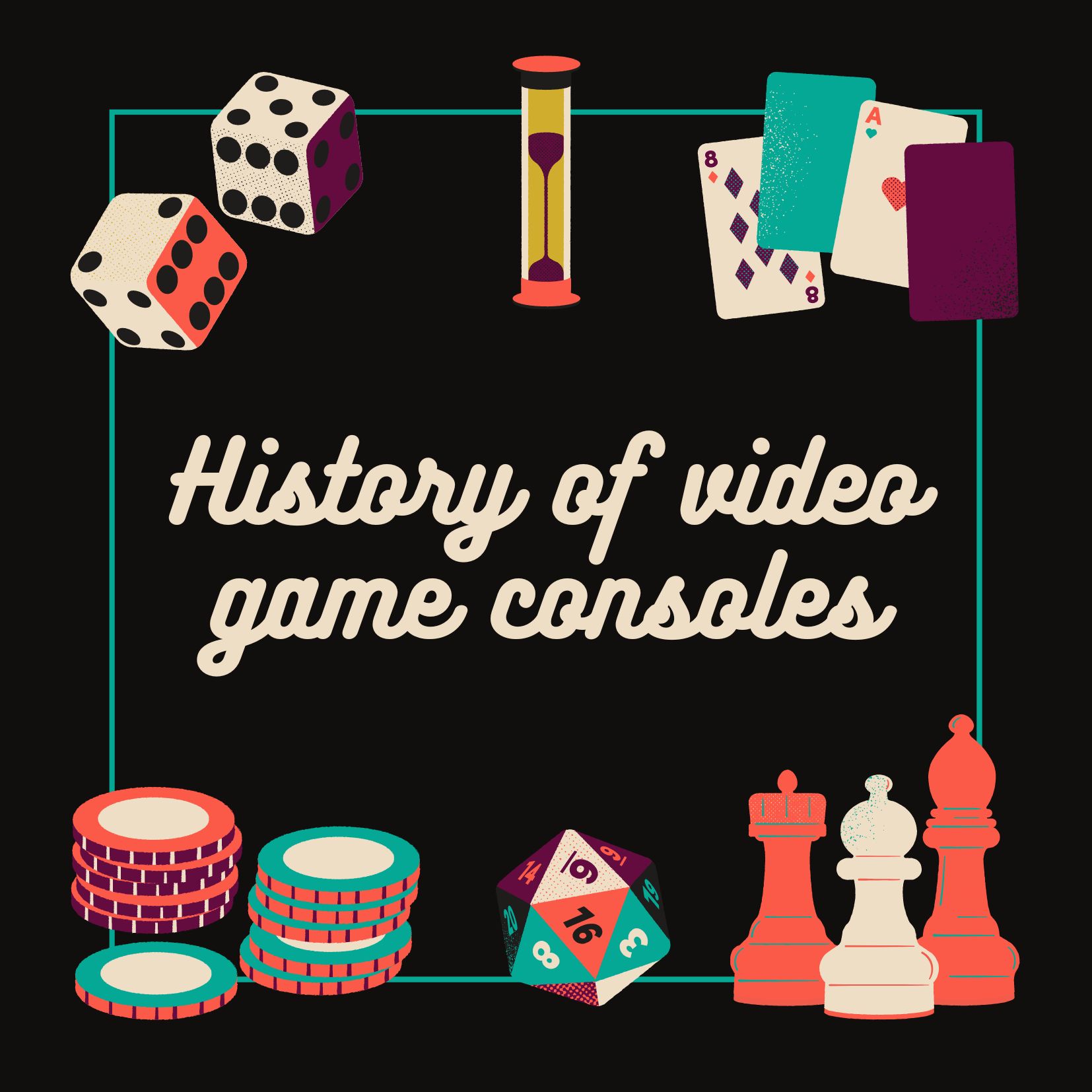The fifth generation of video gaming consoles which lasted from 1989 to 1995 is demarked by imaginative games, detailed graphics, and 16-bit processors. The most dominant players in this generation were Nintendo and Sega.
Top Fifth Generation Consoles
- NEC TurboGrafx-16
When NEC TurboGrafx-16 was released across the United States in 1989, the fifth generation of video gaming consoles had officially begun. But, the system had been launched earlier in Japan as well. This was as a PC Engine, in 1988.
Albeit advertised as a 16-bit system, NEC TurboGrafx-16 actually used an 8-bit microprocessor. Other top features of the system were 64k RAM and a 16-bit graphics chip.
A noteworthy fact regarding NEC TurboGrafx-16 was that it was the very first gaming console that featured a CD player attachment.
The lack of games delivered a death blow to NEC TurboGrafx-16. The system lasted for four years in total.
- Sega Genesis
Sega Genesis game system was, no doubt, formidable. In Japan, it was under the name of Mega Drive that the Sega Genesis was sold.
It was in 1989 that Sega Genesis was sold in the US markets. This used a Motorola 68000 microprocessor and was the very first true 16-bit game system. But the pricing of the Sega Genesis stood at $199. Translations of Sega arcade hits in Sega Genesis were awesome.
When Sonic the Hedgehog game was released in 1991, the popularity of Sega Genesis scaled new heights.
- SNK NEO GEO
SNK used to be a third-party developer of software. In 1989, SNK came up with a video game system for arcades that was programmable. This used to be known as MVS (Multi-Video System). Then, in 1990, this system was ported to the home by SNK, and it came to be known as the NEO GEO system.
The remarkable fact about the NEO GEO system was that it used both, 8-bit and 16-bit microprocessors. But, the console was more towards the expensive side and was priced at $650. Cartridges, further, were priced at $200. So, NEO GEO could never last for long.
- Nintendo Super NES
The thought process that went behind the launch of the Nintendo Super NES was to put up a gaming system that would stand in competition with Sega Genesis. In 1991, Nintendo came up with its own 16-bit system.
In Japan, Super NES used to be known as Super Famicon. This was priced at $199 but the Super Mario World cartridge was included.
Overnight, 30,000 units were sold across the US. Across the video games’ lifecycle, over 46 million units were sold.
- Philips CDi
Philips had come up with the CD format along with Sony. In 1991, this used to be an emerging technology. Philips chose to come up with a multimedia system that could be used for playing video games in 1991. The system could further play CDs, CD+G software discs, CDi, Karaoke CDs, and VCDs. But this system proved to be confusing for the users.
It was then in 1992 that CDi was launched by Philips as a 16-bit video game console. But, high pricing and poor quality of games prevented the innovation from finding success.
Conclusion
Fifth-generation consoles remain relevant to date and played a remarkable role in defining the further generations of consoles. Other popular gaming systems of the time include 3DO and Atari Jaguar.







